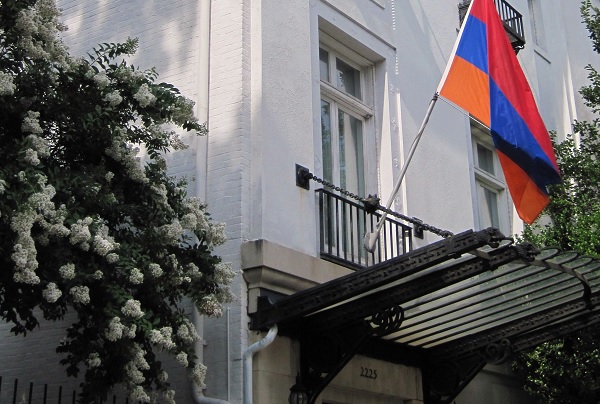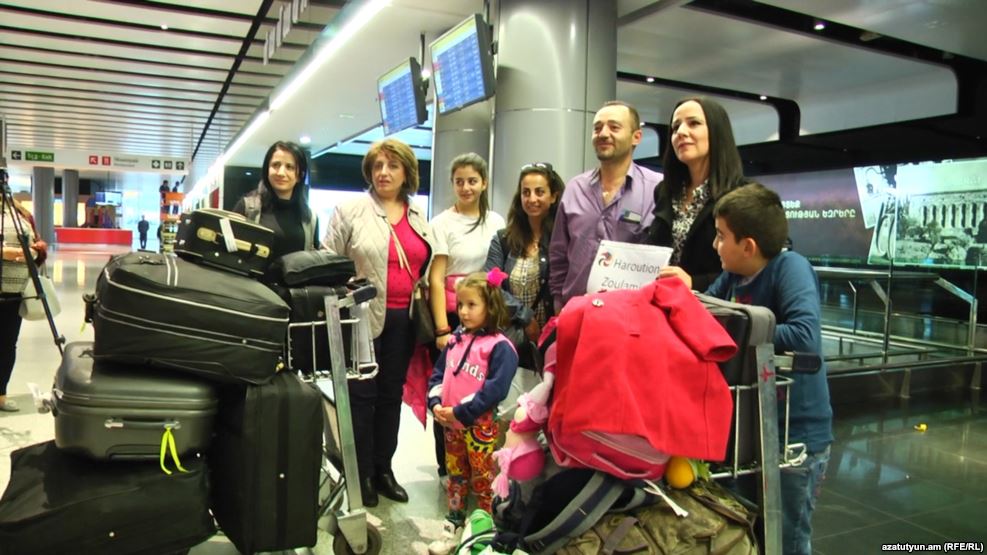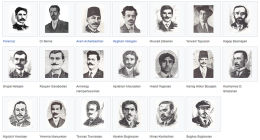Significant Finds of the Armenian Genocide
MISSION HILLS, CA — Relics from the Armenian genocide will be unveiled during a conference focusing on the heroes and survivors of the genocide at the Ararat-Eskijian museum in Mission Hills on March 22.
Filmmaker Bared Maronian along with British journalist Robert Fisk, Professor Vahakn Dadrian, Dr. Hayk Demoyan, Ayse Gunaysu, Missak Keleshian, Shant Mardirossian, Dr. Rubina Peroomian and Professor Vahram Shemmassian will take part in the daylong conference honoring those who aided in the rescue of survivors of the genocide from 1915 through 1930.
While researching the stories of orphans of the Armenian genocide for his documentary, Orphans of the Genocide, Maronian discovered information regarding a dress once owned by an orphan in Hadjin (now known as Saimbeyli), an Armenian town located roughly 125 miles north of Mersin in Turkey. After some time, he located the dress at the Bethel College Library in Mishawaka, Indiana.
“The dress belonged to an orphan, who survived the Adana Massacre of 1909 and walked from Adana to Hadjin, roughly 75 miles,” Maronian said. “She found refuge at the United Orphanage and Mission in Hadjin run by a North American Mennonite congregation.”
The UOM in Hadjin was subject to continuous threats and pressure by Ottoman authorities to cease operations. When World War I broke out, the missionaries were all called home.
According to Maronian, in 1914 Sister Dorinda Bowman packed the orphan dress along with an unfinished rug the orphan girls had been weaving.
”The dress, most likely worn by a 7-year-old orphan girl or a boy, is a significant tangible remnant of the Armenian Genocide,” Maronian said. “A close look at the dress makes you wonder what the children of the genocide went through and how only a handful resiliently survived, while most were butchered or faced death of starvation or disease.”
Roughly 1.5 million Armenians were killed during WWI during the Ottoman Empire’s reign over their homeland in what is modern day Turkey. The Adana massacre occurred in the Ottoman Empire province of Adana in 1909, which resulted in the deaths of as many as 30,000 Armenians in the course of a month.
The dress and rug are currently on loan by the Bethel College Library to the Ararat-Eskijian Museum for two years.
For more information, call (818) 838-4862
Ararat-Eskijian Museum
15105 Mission Hills Road
Mission Hills, CA 91345









